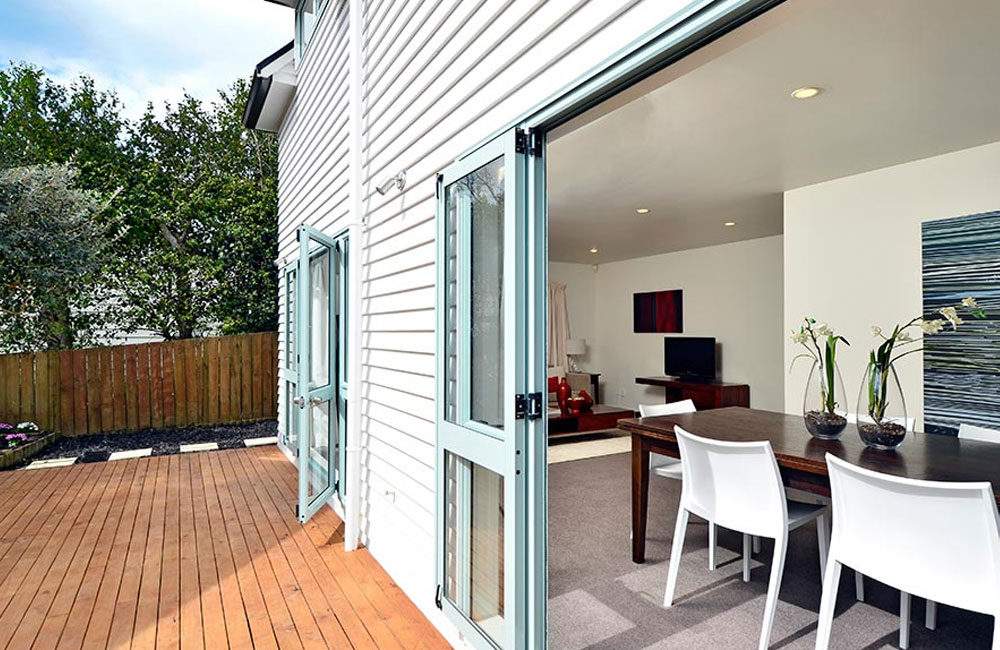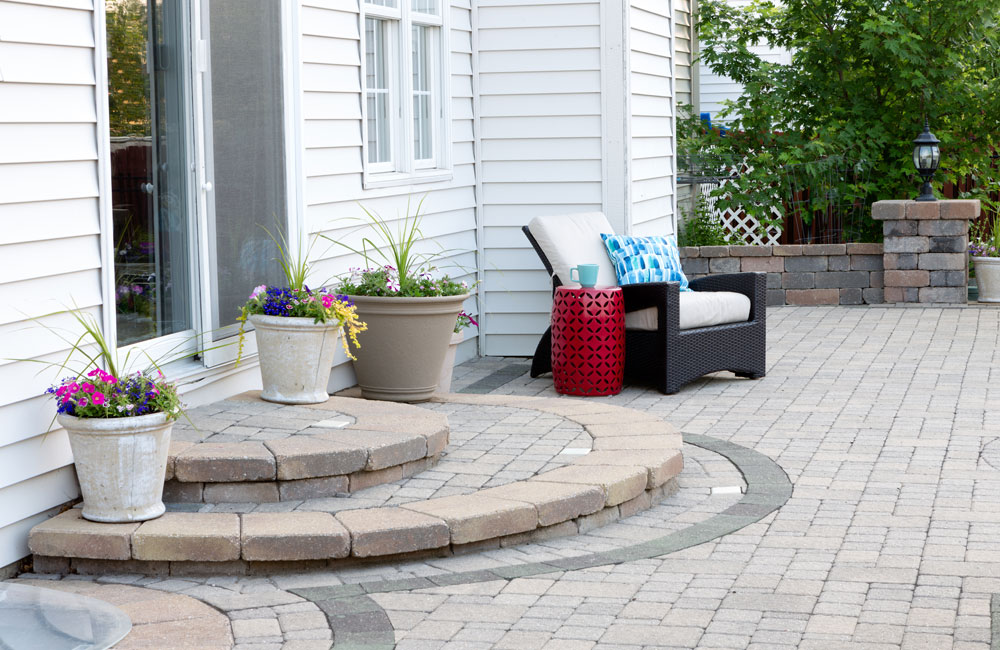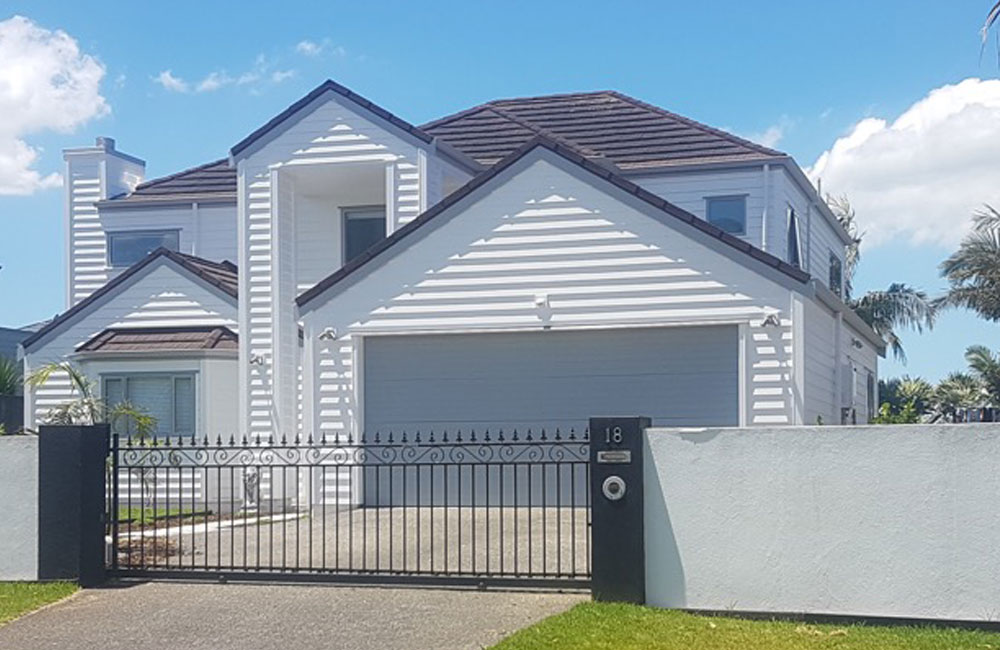Homes in NZ – Recladding & Repairs
Enjoy your home again, while enhancing its appearance and value
We know that leaky homes can be very difficult to sell and typically sell way below market value; in some cases for little more than land value! If a property is leaky or is a plaster home with no Code of Compliance, it can be complicated for future purchasers to obtain finance on the property.
It is important to remember that when recladding your home you have the opportunity to create a completely new look to your home. You can modernize it and make additions or alterations, which can actually increase the value of your home.
For example, a weather board home will have a higher market value than the same home clad in plaster, simply because of the stigma attached to plaster homes (even if that home has no weather-tight issues).
Create a healthier, drier and more comfortable home for you and your loved ones, while improving it’s look and value with our team. We have ten years experience in recladding leaky homes, so you’re in good hands with Licenced Reclads.

Common Questions
A “leaky home” or “leaky building” is a timber framed building that suffers from impaired structural integrity due to rotten or decayed timber. Between the early 1990’s and 2004 many homes and buildings were built in New Zealand using untreated timber framing. During this period direct fix plaster was also used as a cladding system to give homes that “Mediterranean look”.
It has now been deemed that direct fix plaster cladding does not meet the minimum durability requirement of 15yrs as required by the New Zealand building code. Direct fix plaster cladding fails to keep moisture out, which when compounded with poor design features such as high risk junctions and no eaves can spell disaster. As they have no cavity (and therefore no circulation of air) moisture becomes trapped between the plaster cladding and the untreated timber framing. This creates the perfect environment for mould growth and spore production, which subsequently causes dry rot of the timber framing. As dry rot spreads, it leads to excessive mould behind wall linings. This not only compromises the structural integrity of your home, it also creates very unhealthy living conditions.
When we think of a “leaky home” or “leaky building” we typically think of a plaster building with a “Mediterranean look”. The plaster cladding is a consistent feature, however, there are some other risk factors that also contribute:
- Plaster cladding
- Lack of eves
- Cladding too close to ground (lack of ground clearance)
- Internal decks
- Parapet walls
- Lack of flashings
- Cracks in plaster
- Complex design features with high risk junctions
- Poor maintenance
You can spend money on maintenance, sealing cracks and adding control joints, however, this will not resolve the issue as the plaster cladding system as a whole is at fault. As recognised by the building authorities, the only approved way to fix a leaky building and obtain a new code of compliance certificate is to reclad it.
This is because it is impossible to know the extent to which the structural integrity of the home has been compromised until all the plaster cladding has been removed. It is not always possible to see all the areas where the cladding or junctions have failed.
It is worth noting at this point, that from experience, we have found thermal imaging reports to be very unreliable at detecting and identifying elevated areas of moisture ingress within homes. Thermal imaging is too dependant on the seasons and recent weather conditions and does not give an accurate overview of what is occurring behind your cladding.
Learn more about the reclad process required to fix your leaky home
This is an important question and the accuracy of the answer can vary largely on whom you ask. It is important to use a reclad specialist to fix your leaky home or building to avoid budget over runs and a lengthy drawn out process. We are the professionals in the industry, and our knowledge, experience and contacts are there to help you.
Each project is slightly different, so please contact us to discuss your home and the likely costs involved.
We are experienced with the FAP process and can handle your FAP claim for you. If you are applying for financial assistance under the government’s Financial Assistance Package (FAP) it is important to use a company that has experience with the tender process, tender analysis and break down for your claim. For more information, please refer to Recladding Costs.
You also may be interested in...






